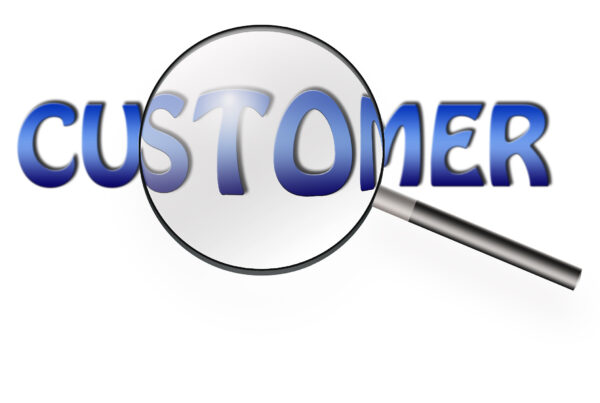
Journey orchestration at its best includes planning and coordination of elements of an activity to produce the desired outcome. Here’s an example:
A man by the name of Robert Cass is raising money for athletes with special needs by taking to Maryland’s Chesapeake Bay for a 14-hour swim. Despite his lack of experience and the bay’s reputation for having rough water, he is confident he will finish his challenge.
He has done significant training and will be supported by a crew during the endeavor, including a team captain, an ex-Navy boat pilot that will lead him across the bay, a medic on the scene, and someone providing nutrition along the way.
His team helped prepare him and will be constantly watching over him; they will monitor his progress and do everything they can to make sure he achieves his goal.
Taking the Right Action at the Right Time
Journey orchestration is becoming a focus of utility leaders thanks to customer journey analytics. This type of analytics allows customer success teams to track the customer journey over time and across channels, to understand what customers are trying to do and where they are succeeding (or not).
According to James Riley, a digital and analytics advisor who has been doing work for Sempra Utilities, “Using journey analytics to understand where problems exist, utilities can take actions to help customers complete their journeys starting with those that make life simpler for the largest population of customers like system-wide changes.”
Using the example of payment arrangements, as discussed in the Utility Analytics Institute article, Customer Journey Analytics for Payment Arrangements, he says, “This can include reducing the number of clicks or simplifying the options presented. These are broad actions that increase customer satisfaction and lower the cost to serve.”
“But how can utilities help customers who are still dropping out before they do?” challenges Riley. The answer is customer journey orchestration.
Real-time is the Right Time
“Customer journey orchestration is about monitoring the customer journey and when it begins to falter or fail altogether, taking proactive actions, in real-time, to help customers complete specific tasks,” he says. “This is increasingly being done by utilities trying to boost the effectiveness of self-service and reduce long and costly calls to the contact center.”
Reflecting on two real-world use cases related to payment arrangements, Riley shares that utilities are:
- Recognizing customers who are struggling to pay their bills and reaching out to them via email or text about payment arrangements with link to enroll online; and
- Identifying customers who are struggling to use self-serve channels, because of the longer than normal time it is taking to complete an activity, and sending an online chatbot in real-time, offering to help.
In reality, data on the customer journey is fragmented across different platforms and channels, making customer journey analytics a prerequisite for customer journey orchestration. This is the ability to gather and augment customer interaction data across channels, identify and connect related interactions into journeys, and visualize those journeys often using Sankey diagrams. Vendors including Adobe, Cisco, Genesys, IBM, Salesforce, SAP and ClickFox have offered journey analytics solutions for some time and their focus is now shifting to leveraging these insights to improve interactions across the customer journey.
Exploring the Options
Like Robert Cass, who will leverage a team to help him get to the finish line, utilities across North America are driving higher completion rates among self-service activities with customer journey orchestration, a collaborative approach that is enabling utilities to watch over thousands, sometimes millions, of customers simultaneously. Monitoring their progress in real-time, making system changes that help large populations of customers and, as needed, and intervening during individual journeys to facilitate completion makes it easier for customers to do business with utilities.
To get started Riley suggests thinking about real-world applications based on experiences with companies from other industries that have proactively reached out to you to help you complete a task. “Think about your interactions with Amazon,” he suggests, “And it’s also helpful to look for case studies from journey analytics and orchestration vendors like those mentioned above.”















